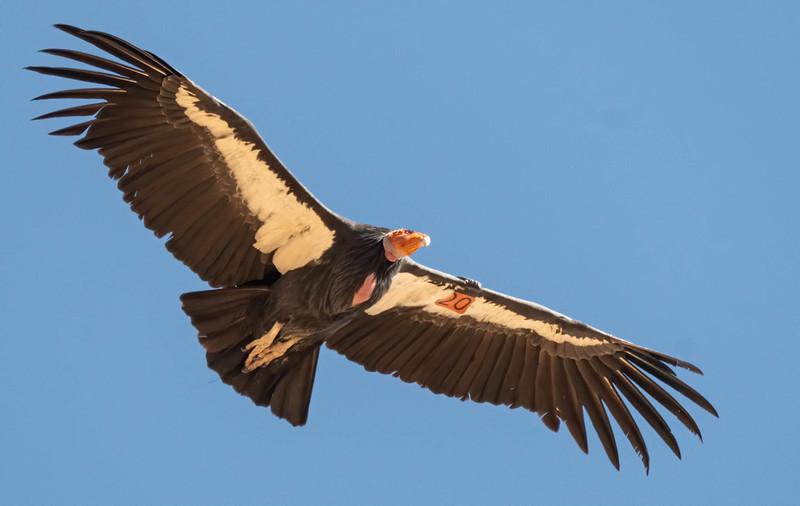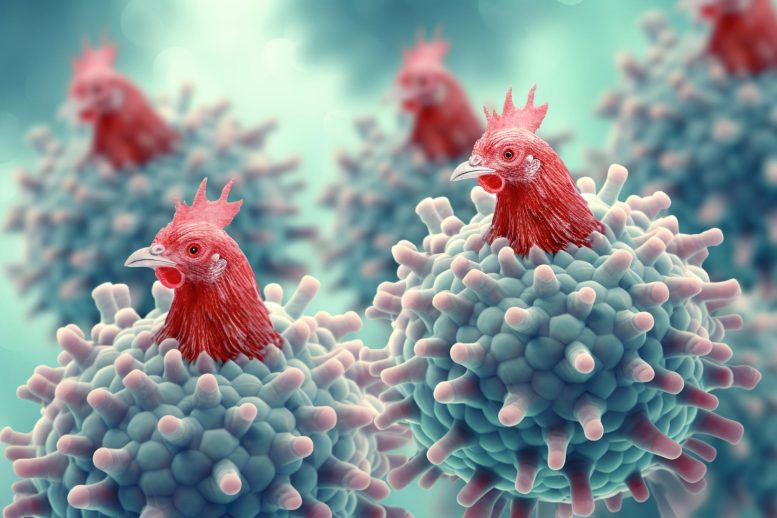
Avian Flu Outbreak: H5N1 Strikes US Poultry, Cats, Claims First Human Life
Introduction
The highly pathogenic avian influenza (HPAI) H5N1 virus, commonly known as bird flu, has sparked global concern due to its recent spread in the United States. As of April 2023, the outbreak has affected poultry farms in 47 states, resulting in the culling of millions of birds. Additionally, cases of H5N1 have been detected in cats and other wildlife, raising fears of interspecies transmission. Notably, the virus has claimed its first human life in the United States.
Poultry Industry Impact
The H5N1 outbreak has severely impacted the US poultry industry. Commercial flocks of chickens, turkeys, and other birds have been affected, leading to significant economic losses for farmers and producers. The virus has also disrupted the supply chain, causing shortages and price increases for poultry products.
To control the spread, authorities have implemented strict biosecurity measures, including quarantines and movement restrictions. Farmers are also urged to enhance their biosecurity practices to prevent the virus from entering their flocks.
Wildlife Infections and Potential Spillover
H5N1 has been detected in a range of wild bird species, including waterfowl, raptors, and seabirds. The virus’s presence in wildlife raises concerns about its potential to spill over into other animal populations or even humans.
While H5N1 is primarily a bird virus, there have been rare cases of transmission to other species, including cats. In February 2023, a domestic cat in New York tested positive for H5N1, marking the first known case in a feline in the United States.
First Human Fatality
In April 2023, the Centers for Disease Control and Prevention (CDC) confirmed the first human death from H5N1 in the United States. The victim was a Colorado man in his 60s who had been in contact with infected poultry. While human infections with H5N1 are considered rare, the case highlights the potential risk of interspecies transmission.
Global Perspective and Mitigation Efforts
The H5N1 outbreak in the United States is part of a larger global trend, with cases reported in Europe, Asia, and Africa. The virus has caused significant economic losses and raised concerns about pandemic potential.
International organizations, such as the World Health Organization (WHO) and the Food and Agriculture Organization of the United Nations (FAO), are collaborating to monitor the outbreak and coordinate mitigation efforts. Surveillance systems are being strengthened to detect and respond to new cases, and research is ongoing to develop vaccines and treatments.
Critical Analysis and Reflections
The H5N1 outbreak highlights several important points:
- The importance of biosecurity: Strict biosecurity measures are crucial to prevent the spread of H5N1 in poultry and other animal populations.
- The risks of zoonotic transmission: While human infections with H5N1 are rare, the first fatality in the United States emphasizes the potential for interspecies transmission.
- The need for global cooperation: The H5N1 outbreak is a global issue, requiring international collaboration to monitor and mitigate the risks.
- The challenges of managing wildlife reservoirs: The presence of H5N1 in wild birds poses challenges for controlling the outbreak.
Conclusion
The H5N1 avian flu outbreak in the United States is a complex and evolving situation, with significant implications for the poultry industry, wildlife populations, and human health. While the risk of human infection remains low, the outbreak serves as a reminder of the need for vigilance, biosecurity, and international cooperation to prevent and mitigate the spread of zoonotic diseases.
As the outbreak continues, ongoing surveillance, research, and mitigation efforts will be essential to limit its impact and protect public health.
